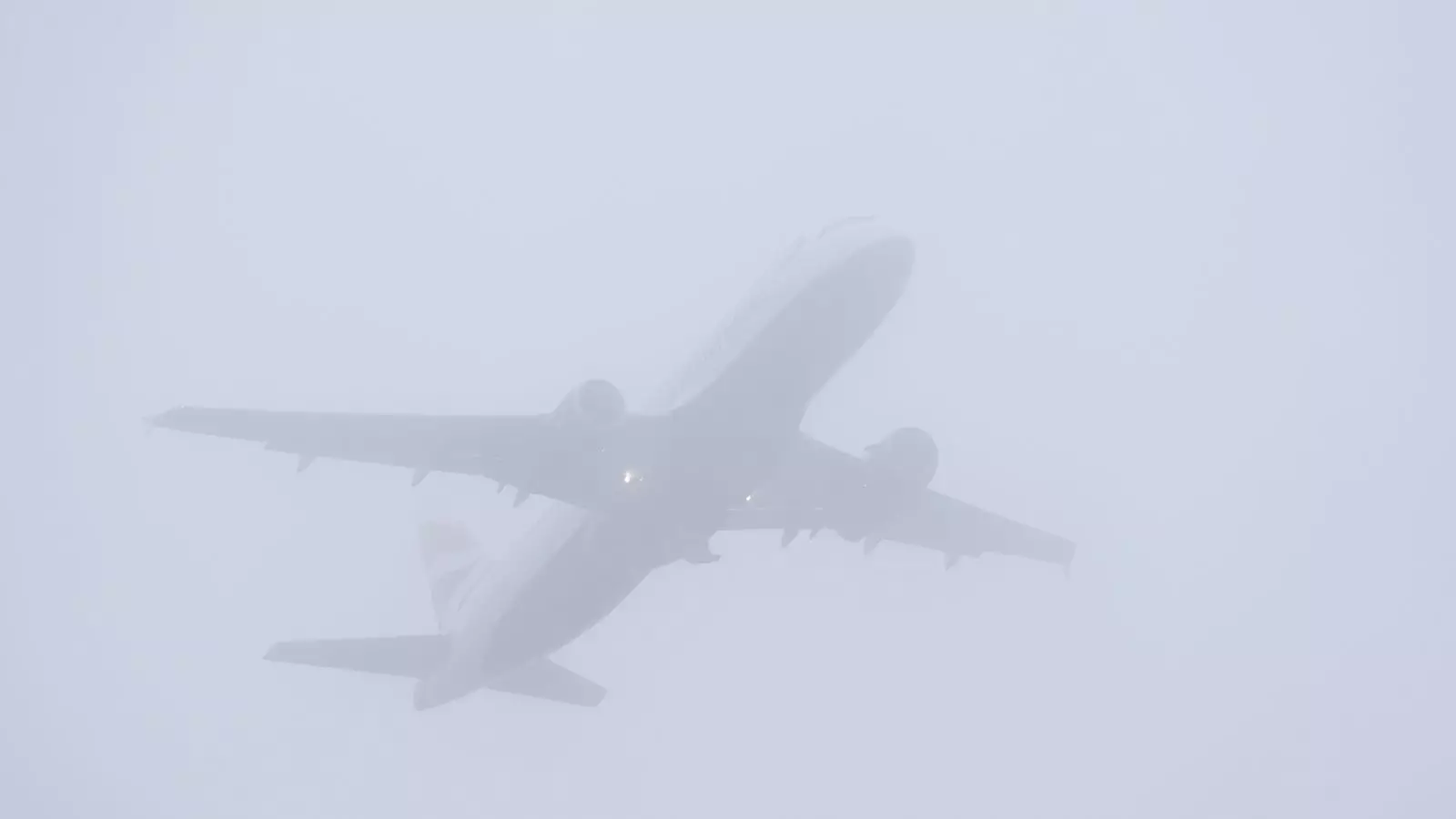As the holiday season unfolds, travel plans across England have faced significant disruptions due to an unexpected blanket of thick fog blanketing major airports. Gatwick Airport, which has become a focal point of this chaos, braced itself for what was anticipated to be its busiest travel day. The UK’s primary air traffic control provider, NATS, has issued warnings of continued temporary restrictions attributed to dangerously low visibility conditions, prompting airlines and travelers alike to prepare for potential delays and cancellations.
A Ripple Effect on Travel Plans
The chaos at Gatwick and other airports has not been an isolated incident. Reports have emerged from across the UK, from London to Cardiff, and as far north as Edinburgh and Teesside, where thick fog brought the operations of major airports to a standstill. Tens of thousands of passengers found themselves ensnared in the frustration of altered travel itineraries.
Passengers such as Kiera Quayle have shared their personal experiences amidst this disruption. Stranded on the Isle of Man after visiting family for Christmas, Kiera expressed the challenges posed by the cancellation of their EasyJet flight back to Gatwick. “We’re lucky to have family nearby, but it’s been a logistical nightmare coordinating where to stay and how to get back home,” she remarked, highlighting the human element behind the statistics of delayed flights.
Weather Forecast and Future Concerns
The Met Office indicated that the fog might lift as the day progressed, opening a window for frustrated travelers to finally reach their destinations. However, this brief respite may be short-lived; meteorologists are already predicting a surge in adverse weather conditions leading up to New Year’s Eve, with warnings of snow and rain primarily affecting Scotland. This forecast could usher in yet another wave of travel chaos, reminiscent of the disruption witnessed in recent days.
In addition to the yellow weather warnings for snow and rain, northern England is bracing for strong winds with gusts reaching up to 60mph. A particular focus on regions such as Durham, Northumberland, Cumbria, and North Yorkshire has prompted authorities to prepare for possibly significant disruptions, particularly during the peak travel hours.
Amidst this tumultuous travel landscape, passengers are urged to maintain open lines of communication with their airlines. Conditions remain fluid, and the ability to adapt to changing circumstances could make a substantial difference in managing travel woes. Staying informed about flight statuses and alternative plans can alleviate some of the stress associated with fog-related disruptions.
Ultimately, the combination of severe weather and the holiday rush has cast a shadow on what should be a joyous season for many travelers. As personal stories of delayed flights emerge, it becomes evident that the impact of weather extends beyond mere statistics, affecting real lives and experiences. The coming days will determine whether travelers can enjoy a smooth transition into the New Year or whether further disruptions await.



Leave a Reply